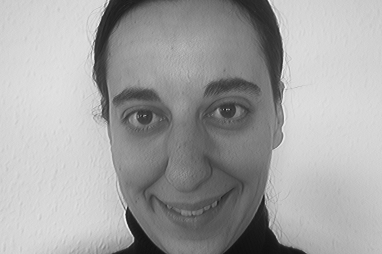- Nike SF Air Force 1 Mid Ivory Olive917753-101 , IetpShops , Release Reminder: Nike Kobe VIII (8) 'Black History Month'
- Barron Trump’s Height Is Taller Than Melania, Donald & Many Teen Boys – Fonjep News
- LEGO Air Jordan Flight Fleece Pants , air jordan 1 mid se take flight , IetpShops
- Taylor Swift Sang Her Whole Setlist on the Treadmill Every Day
- Air Jordan 11 Retro Cool Grey 2021 Cool Grey , IetpShops , Michael Jordan In The "White Cement" Air Jordan Retro IV (4)
- 554725 113 air jordan 1 mid white black 2020 for sale
- air jordan 4 og fire red DC7770 160 release details price
- Air Jordan 1 University Blue 555088 134 Release Date Price 4
- Air Jordan 1 Blue Chill Womens CD0461 401 Release Date 4
- Air Jordan 1 Paisley Bandana Release Date
- Home
- News and analysis
- Info hubs
- Events
- Video
- Case Studies
- About us
- Magazine
- Advertising
Produced for the industry by the Association for Consultancy and Engineering
Business
How to build a carbon model: the basics

Maria Manidaki, senior engineer, Mott MacDonald explains.
Carbon modelling need not be complex. At its simplest, a carbon model shows the quantity of each material used in a project and multiplies that by that material’s emission factor to calculate a carbon footprint.
Levels of added detail create more complexity but do not alter this fundamental structure: What materials are you modelling, and where did your carbon data come from? To what extent are you modelling transport, construction activities, and emissions indirectly associated with your project? Are your methods consistent and is your data comparable across the entire model?
There are plenty of decisions to make and checks to perform along the way, required to answer these questions.
However, in a nutshell, the process of modelling is as follows.
- Establish your system boundaries for both capital and operational carbon. That is, define what will and will not be included in your model. Various industry guidance documents exist to help with this.
- Identify the materials and products that the project will use. Suppliers may offer information on the capital and operational carbon content of their products; check that their system boundaries match your own, or insist on having raw data.
- Other carbon data is available from government and industry sources. Perform your emissions calculations as required, based on your own knowledge of the quantities required and the building’s likely energy consumption.
- Now, turn your attention to the emissions associated with construction and commissioning. It is often difficult to be precise, but consideration of the materials, labour, fuel and other resources required can produce reasonably indicative estimates.
- Having built a carbon model of a single asset, don’t let it languish in isolation. Combine it with others to create a programme-scale carbon model. This can be invaluable for enabling identification of carbon ‘hotspots’ across programmes, and for continuous improvement – which is one of the great advantages of any type of model.
For more on crunching carbon, cutting cost talk to Davide Stronati, Mott MacDonald Group sustainability manager. E: davide.stronati@mottmac.com





